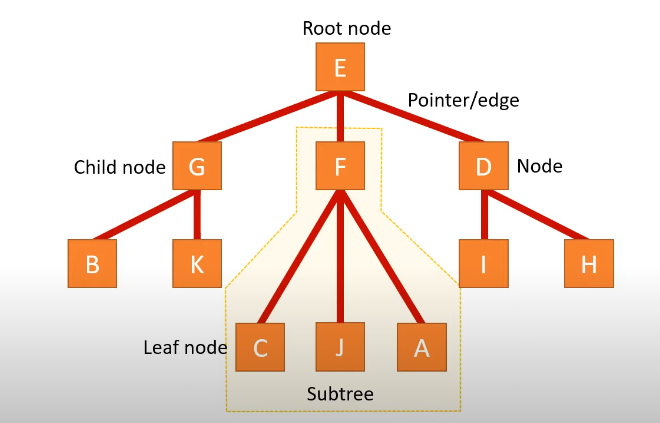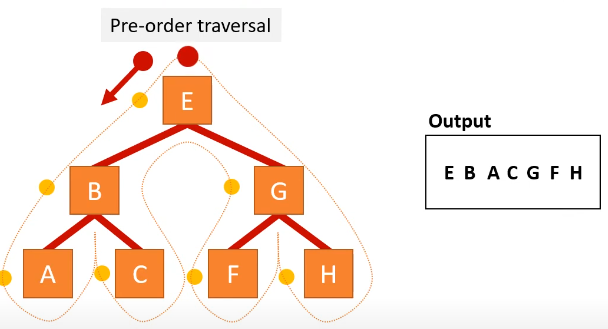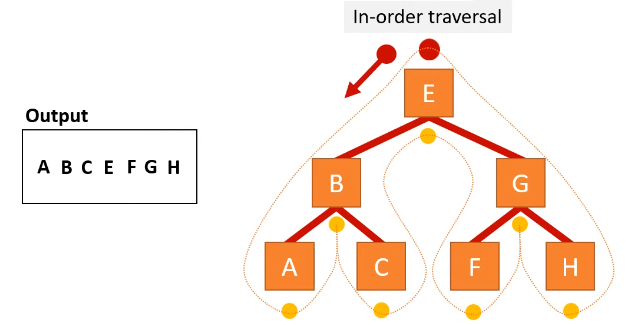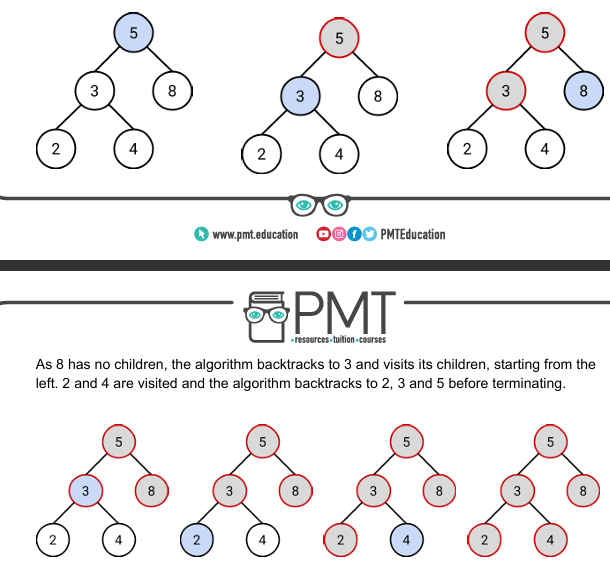2.3.2 algorithms for main data structures
1/12
There's no tags or description
Looks like no tags are added yet.
Name | Mastery | Learn | Test | Matching | Spaced |
|---|
No study sessions yet.
13 Terms
stacks
first in, last out (FILO) data structure
they are often implemented as an array and use a single pointer which keeps track of the top of the stack (called the top pointer)
this points to the element which is currently at the top of the stack
the top pointer is initialised at -1; this is because the first element in the stack is in position 0, and having the top initialised at 0 would suggest there is an element in the stack, when in fact the stack is empty
stack operations
size - checks the size
isEmpty - checks if the stack is empty
peek - return the top element without removing it
push - add an element to the top of the stack
pop - remove and return the top element from the stack
queue
first in, first out (FIFO) data structure
unlike stacks, queues make use of two pointers: front and back / head and tail
while front holds the position of the first element, back stores the next available space
queue operations
size - checks the size
isEmpty - checks if the stack is empty
peek - return the top element without removing it
enqueue - add an element to the queue
dequeue - remove and return element from the front of the queue
linked list
data structure that provided a foundation upon which other structures can be built
composed of nodes, each of which contains data has a pointer to the next item in the list
circular linked list - last node points to first node
items dont need to be stored contiguously due to pointers
trees
formed from nodes and edges, which cannot contain cycles and aren’t directed
trees are useful as a data structure because they can be traversed
used for storing and managing file and folder structures

binary tree
similar to a standard tree but each node can only have 0, 1 or 2 pointers
adding to a binary tree
check if there is free memory
create a new node
if tree is empty, new node becomes the root, create a start pointer to it
if not, starting at the root node, check if the new value should be placed before or after the current node
before = left, after = right
continue until a leaf node is reached
find out if the new value comes before or after the leaf
set new pointer to the new value
removing from a binary tree
find node we want to delete
set that node as the current node
while the current node exists
set the previous node the same as the current node
check if item to be deleted is less or greater than the current node
less = follow left pointer, right = follow right pointer
back to stage 3
if the node being deleted is a leaf
if its less than, previous nodes pointer = null
if greater than, right pointer = null
if node being deleted has 1 child
if less than, set the previous nodes left pointer to the current nodes left child
if greater than, set right pointer to the current nodes right child
if the node being deleted has 2 children
replace it with the smallest value in the right sub-tree
pre-order traversal
node left right
dot on left, start at root
start at root
output node
follow left pointer and repeat step 2 until there is no pointer to follow
follow right pointer and repeat step 2 until there is no pointer to follow

in-order traversal
left node right
dot on bottom, start on most left node
start at toot node
follow left pointer and repeat from step 2 until there is no pointer to follow
output the node
follow right pointer and repeat step 2 until there is no pointer to follow

post order traversal
left right node
dot on right, start at furthest left node
start at root node
follow left pointer and repeat from step 2 until there is no pointer to follow
follow right pointer and repeat step 2 until there is no pointer to follow
output the node

breadth first
start from root, visit all the roots children starting from the left child
the algorithm then visits all nodes directly connected to each of those nodes in turn, continuing until every node has been visited
layer by layer
